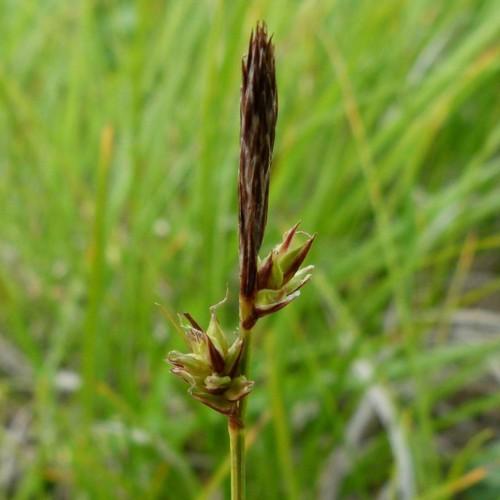
Forest Sedge
Carex lucorum
Watering:
Average
Hardiness Zone:
Flowers:
Flowers
Sun:
Partial Shade
Leaf:
Yes
Growth Rate:
Low
Drought Tolerant:
Yes
Salt Tolerant:
Yes
Care Level:
Medium
watering
For Ryegrass Sedge (Carex loliacea), it is important to water the plant at least once a week or more in periods of dry weather. During the spring and summer, the plant should be watered more frequently to keep the soil moist. When you water the plant, make sure to water the soil thoroughly and deeply so the moisture can reach the entire root system. Watering Ryegrass Sedge too much or too little can cause the plant to become unhealthy and be more prone to disease. This means that it is important to closely monitor the soil to make sure it isn't too dry or too wet.
sunlight
Ryegrass Sedge (Carex loliacea) should be grown in areas that receive full sun for the majority of the year. The plant prefers around 5 to 8 hours of direct sunlight per day, with a preference for morning sun and some shade in the afternoon. During the summer months, the plant can benefit from additional morning and/or afternoon shade to protect it from heat stress. Ryegrass Sedge also needs good drainage and consistent moisture to thrive.
pruning
Ryegrass Sedge (Carex loliacea) should be pruned in early spring, just before the new growth begins to emerge, but after the winter chill has passed. Prune carefully, removing any old, dead leaves and stems which gives way for new growth. Trim back the foliage roughly 1/3 for a neat and attractive look. Prune selectively, avoiding any stems with flower clusters and taking care not to damage any emerging leaves.
